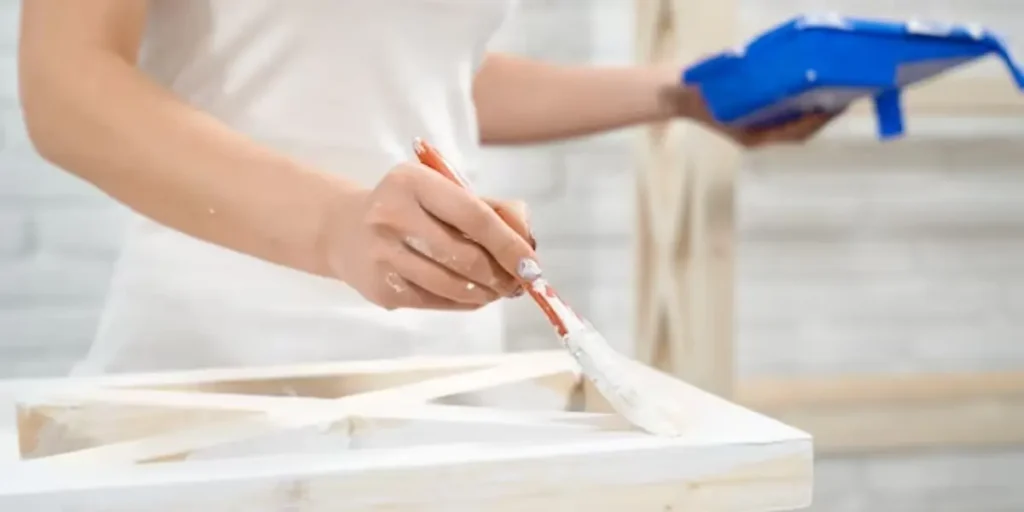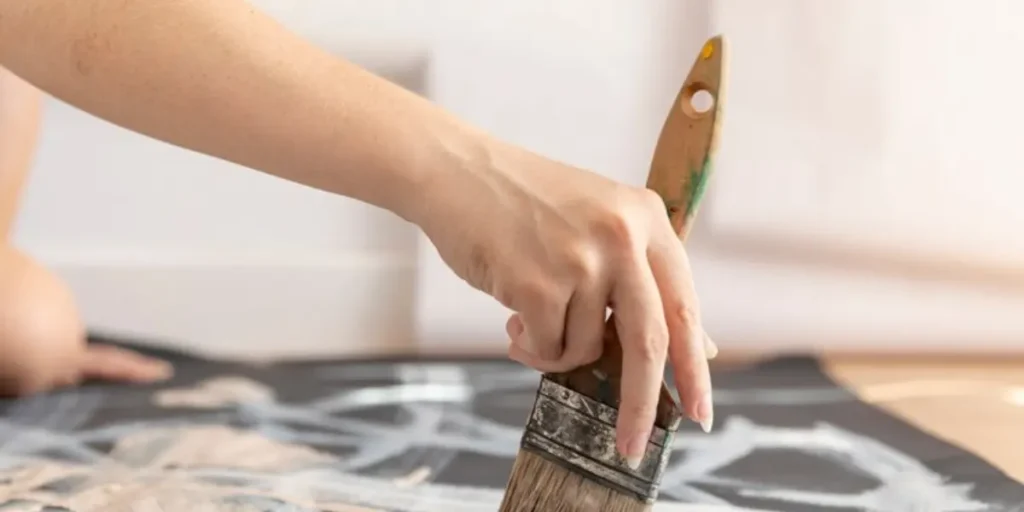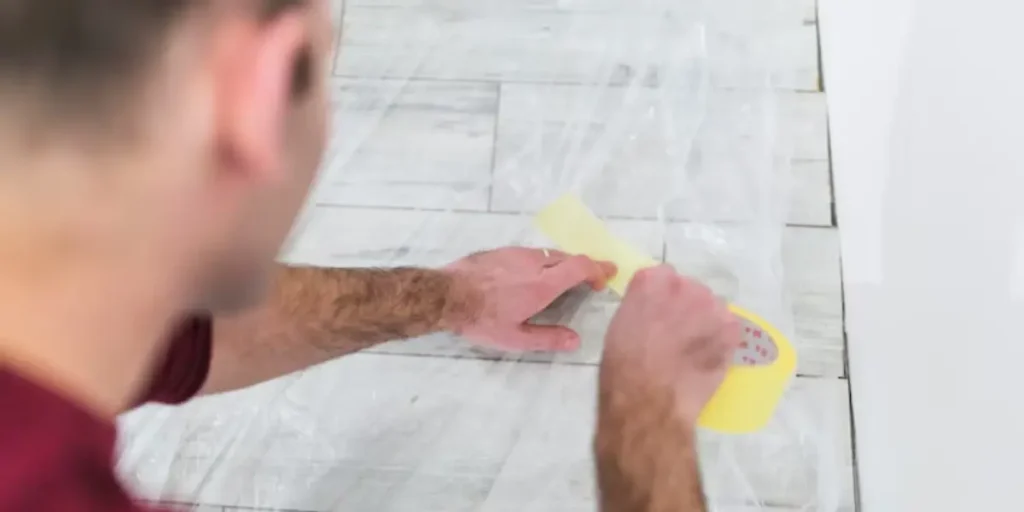Marble is a beautiful and elegant material commonly used for floors, counters, walls, fireplaces, and more. However, marble requires regular maintenance and polish to maintain its shine and prevent staining. In this comprehensive guide, we will discuss everything you need to know about polishing marble, from choosing the right products to techniques and tips.
Understanding Marble Polish
Marble polish helps protect and enhance the natural beauty of marble. There are various types of marble polish available on the market:
Marble Polish Liquid
Marble polish liquid is a popular choice for polishing marble. It comes in a bottle with a spray nozzle for easy application. Marble polish liquid protects the surface from moisture and dirt while restoring shine. Some key benefits of marble polish liquid include ease of use and quick drying time.
Marble Polish Wax
Marble polish wax is applied with a soft cloth to buff out scratches and swirl marks. It forms a protective barrier on the marble surface. Marble polish wax helps prevent water spots and etches. Regular application nourishes the marble and enhances its natural shine. Be sure to use a high-quality marble polish wax for long-lasting results.
Marble Polish Powder
Marble polishing powder is an abrasive cleanser for deeply ingrained dirt and stains. It lifts away grime through mechanical action. Always do a test on an inconspicuous area first as powder can be harsh on marble. Use sparingly and buff well for a lovely polished surface.
Choosing the Best Marble Polish

When choosing a marble polish, consider the condition and type of marble surface. An excellent all-purpose polish for most applications is a bottle of marble polish liquid:
Dark Marble
Look for a polish designed for dark marble to preserve color. Avoid products with harsh abrasives.
Honed/Polished Marble
A polish wax is suitable for honed and polished marble surfaces. Apply gently in small sections to maintain shine.
Heavily Stained Marble
For removing stubborn stains, deep cleaning powder polish may be necessary before using a liquid or wax polish.
New Marble Installations
For new marble installations, use a penetrating polish or natural wax initially to protect the pores of the stone.
It’s also important to choose a polish free from harsh chemicals that can damage marble over time such as ammonia, citrus, and chlorine. A few top brands for marble polish include Gleem, StoneTech, and LimeAway.
Marble Polishing techniques

Proper technique is essential for effectively polishing marble and protecting its beauty. Here are the basic steps on how to polish marble:
- Sweep or dust the area to remove loose dirt and debris.
- Wet the surface with clean water and wipe dry with a microfiber cloth.
- Apply the marble polish liquid or wax in sections using a clean cloth or applicator. Rub in circular motions.
- Allow to haze for 5-10 minutes before buffing with a dry microfiber cloth.
- Buff the entire surface until it achieves a glossy shine. Go over corners and edges carefully.
- For larger areas such as floors, use a low-speed polishing machine or buffer with a soft bonnet pad. Work in sections.
- Regular polish the marble surface 1-2 times per month or as needed depending on foot traffic.
Always do a test polish on a small, inconspicuous area first to check for color change or reaction. When polishing by hand, work in small sections you can comfortably reach to avoid overworking the polish before it dries. Maintaining a polished marble surface takes only minutes with the right products and technique.
Tips for Effectively Marble Polishing
Here are some additional tips for keeping marble looking its best with regular polish:
- Sweep before washing to remove loose dirt which can scratch the surface.
- Use a pH neutral cleaner designed for stone and rinse thoroughly before polishing.
- Test new polishes in an unseen area for colorfastness before full application.
- Always work in small sections and buff the polish dry before it dries on its own.
- Wipe spills immediately and avoid harsh acidic or alkaline chemicals exposure.
- Consider marble polish kits for a complete system including cleaner and polish.
- Machine polishing gives showroom results but can be laborious for large floors.
- Reapply polish more frequently in high-traffic areas like entryways.
- Use polish sparingly to avoid building up a dulling residue over time.
- Dry buff occasionally with a clean cloth to renew luster between full polishes.
With diligent monthly polishing using the proper techniques and products, marble floors, counters and surfaces can retain their natural beauty for many years. Regular polish prevents staining and wear for long-lasting shiny marble.
Common Marble Problems and How Polish Helps
While beautiful, marble is porous and can develop common issues over time that dull its natural glow. Regular polishing helps prevent and resolve several key marble concerns:
Etching
Citrus juices, vinegar and other acidic substances can penetrate marble, leaving behind dull white marks called etching. Applying a marble polish powder tackles etching through mechanical abrasion to restore the smooth surface.
Oxidation
Like other stones, airborne pollutants cause marble’s surface tooxidize into a dirty gray haze over the years. Polishing liquid or wax breaks through oxidation to return marble’s brilliance.
Water Spots
Hard water minerals deposited on marble from steam or wet mopping appear as white spots. The acidic properties in certain polish liquids dissolve these deposits for a spot-free shine.
Scratches
Light scratches happen through ordinary use but detract from marble’s polished beauty. Polishing fills in fine scratches for a flawless appearance. Deeper scores may require re-honing by professionals.
Dullness
Regular foot traffic, cleaning products and age naturally rob marble of its glossy luster. Polishing revives marble’s natural radiance through encapsulation that shields against such dulling elements.
Stains
Wine, coffee or ink spills that aren’t wiped immediately may leave behind dark splotches. Marble polishing powders’ abrasiveness can scrub away stubborn stains better than liquids alone. Prevention through prompt cleanup is best.
How to Polish Marble: Step-by-Step Instructions
Now that we’ve covered marble polish products and issues, let’s review the step-by-step process for properly polishing marble:
Prepare Surface
- Sweep or vacuum to remove loose dirt and debris which can scratch the marble.
- Mix a mild cleaner suitable for marble with warm water in a bucket according to package instructions.
- Use a sponge mop or cloth to apply the cleaning solution and agitate any dirt or film on the surface.
- Rinse the area thoroughly with clean water and wring dry the mop or cloth.
Apply Polish
- Shake the bottle of marble polish liquid well before use.
- Pour or spray a small amount of polish directly onto a clean, dry cloth or applicator.
- Rub the polish into the marble in overlapping small circular motions, working section by section.
- Be sure to polish along the edges of the stone for a seamless finish.
- Allow the polish to haze on the surface for 5-10 minutes. Do not let it dry fully.
Buff and Rinse
- Buff the entire surface using a dry, clean microfiber cloth to remove the haze and leave a high shine.
- Wipe sections thoroughly as you go to maintain a polished appearance.
- Upon completion, rinse the entire area with clean water and wipe dry.
- Inspect your work – the stone should have a smooth glossy finish without any residue.
- For larger floors, consider machine buffing for efficiency.
Maintain Polish
- To sustain the mirror-like gloss, repeat the above polishing process every 4-6 weeks or as needed.
- Address any new spills, etching or water marks promptly according to their severity.
- Use a marble polish wax monthly for maximum protection against dulling and staining.
- Consider professional honing every few years to restore an like-new polished appearance.
With the right products and consistent maintenance polishing, marble can stay radiantly beautiful for decades. Achieving a showroom shine takes only minutes following these simple steps. Proper care enhances natural stone’s luxurious look and feel.
Conclusion
In conclusion, this post covered everything you need to know to properly polish and care for marble surfaces. We discussed the different types of marble polish products available and how to choose the best option. Detailed steps were provided for cleaning and polishing marble by hand or machine.
SF Marble and Granite Inc is a trusted resource for local marble and stone installation, fabrication, restoration and polishing services. With over 30 years in the industry, our team has expertise in caring for both residential and commercial marble, granite, travertine and other natural stone. Whether you need a custom stone kitchen countertop installed or your existing marble floors brought back to a showroom shine, contact us today at 978-459-582 or sfmarbleangranite@gmail.com for a free quote.
FAQs About Marble Polish
How often should I polish marble?
Most experts recommend polishing marble monthly for low-traffic areas, every 2-3 weeks for entryways and high-use surfaces. Allow more time between for low-use decorative stone.
Is it okay to use furniture polish on marble?
In general, no – furniture polish can contain silicone or other ingredients that leave a filmy buildup. Look for cleaners and polishes specifically formulated for stone.
Can you polish honed or polished marble differently?
Yes, honed marble has a matte texture so use gentle polishing motions. Polished marble is smoother – apply polish normally with light pressure in small sections.
What’s the best way to polish large marble floors?
For floors, electric or battery-powered polishing machines with soft pads work efficiently in sections. You can also hand polish but it requires more time and effort.
Will polish darken or change my marble’s appearance?
Quality polishes will not affect marble’s color if used as directed. Always spot test new products first in case of streaking or darkening with certain stones.

